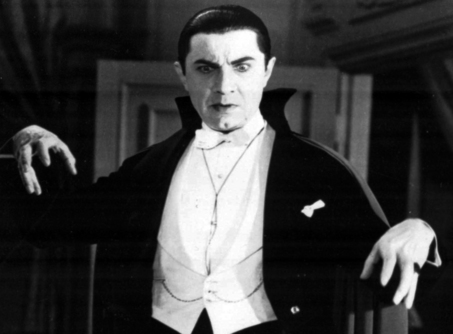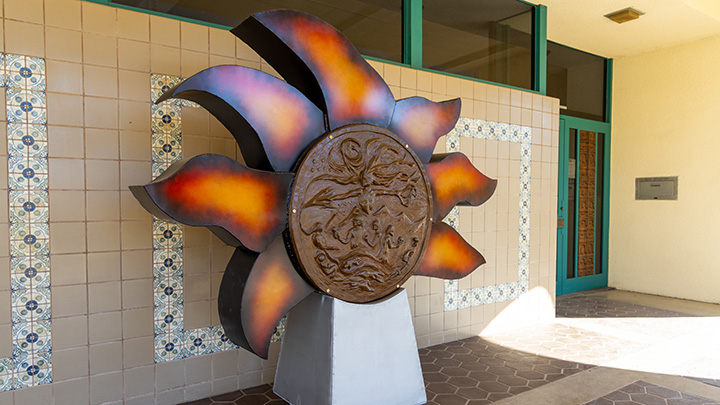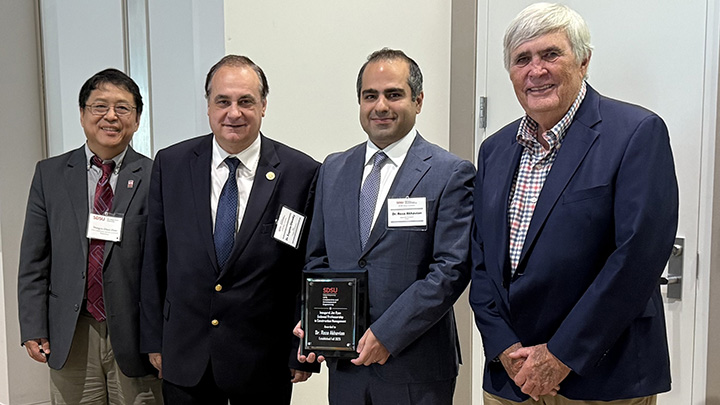Delving into Vampires
SDSU European studies professor explores the evolution of Vampires in literature, fashion, and film.

Vampires aren’t just the blood seeking monsters and deathless romantics portrayed on television screens; rather they’re a glimpse into the history and culture of the society in which they were written.
San Diego State University European Studies Professor Veronica Shapovalov has made that clear to the students in her “Vampires In Fiction and Film” graduate class.
“Vampires are not these little things associated with Halloween,” Shapovalov said. “They are serious; they are metaphors for all the subjects that could not be discussed openly in the society.”
The course
Shapovalov’s semester long graduate class is part of the Masters of Arts in Liberal Arts and Sciences program and focuses on the evolution of the central European folkloric vampire and its societal influences. The class features readings and discussions of fiction, historical accounts, and academic articles as well as screenings and discussions of film.
“We talk about vampires, but at the same time we talk about history, about social issues, about the internal conflict of fathers and children; We interpret classic representations of Dracula in today’s terms,” Shapovalov said.
Taboo subjects
According to Shapovalov vampires are a metaphor for a variety of political and social concepts including imperialism, colonialism, gender and sexuality.
“In Victorian society sex could not be discussed openly. There was no social space to discuss it,” Shapovalov continued. “Everyone knows Bram Stoker’s ‘Dracula,’ when you read it the topic of sexuality exists, then people can talk about it from literature.”
Vampires also are representative of the societal aspects during the historical period in which it was written.
“You can look at the vampire and ask why did the director of the movie decide to turn to and use the vampire,” Shapovolov said. “If it’s the 1930s United States it’s because of the anti-Catholic, anti-immigrant movement of the time.”
Modern vampires
In the wake of films and television shows such as True Blood, Twilight and The Vampire Diaries, Shapovalov says they appeal to today’s culture because the shows personify real-world anxieties and provide escapes that people can relate.
“Think of it like a buffet,” Shapovalov said. “The kids watch twilight for example and pick out things they like; secrets, action, evil, attractive monsters.
"Here the monsters are very attractive and teenagers want to be like them, to be as beautiful as their Hollywood heroes.”
Shapovolav noted the focus on Vampires has shifted.
“It’s interesting, previous generations tried to kill vampires," Shapovolav said smiling. “But now they are kind of walking around…nobody wants to kill them. Now it’s all about them wanting to kill us.”



